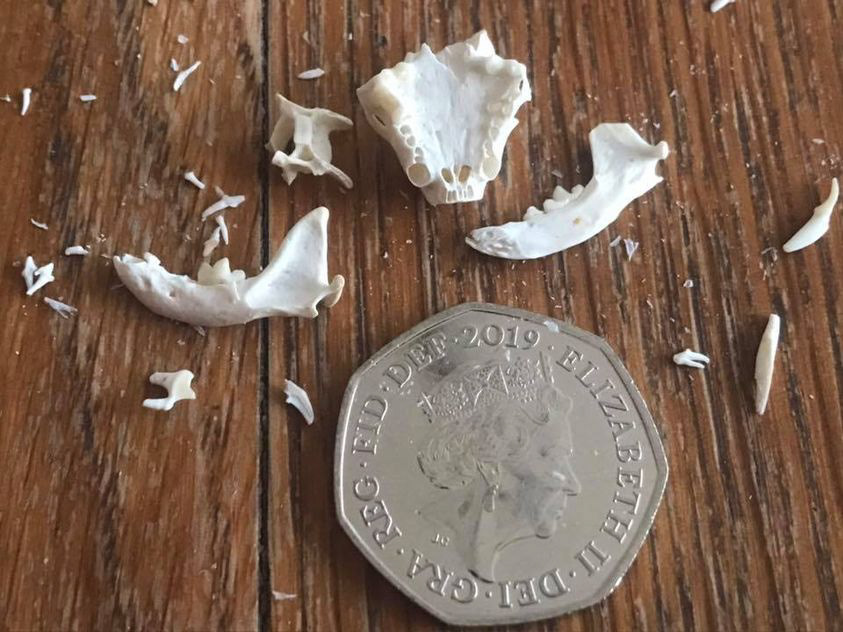Up until recently, much of the mammal recording techniques being used nationally utilised age-old methods such as simply looking, smelling, listening, touching, collecting, trapping etc, and whereas sightings of some animals themselves can be rare or fleeting, the macro-evidence they leave behind can persist for a longer period and is arguably the bread and butter of recording; this could take the form of prints or scats, a hair trapped in the barb of a wire, a harvest mouse nest in reeds, a molehill or rabbit scrape, something as small as a Shrew tooth in an owl pellet to as large as a 500 square metre subterraneous dwelling otherwise known as a Badger sett. Micro-evidence such as DNA barcoding is useful but beyond the pockets of most naturalists. Evidence such as smell and sound cannot be jemmied into micro or macro groups but are no less valuable in their information, especially with the bat detector revolution. Capturing an image of a target species (especially with a distinctive group such as mustelids) is an excellent way of collecting data.




Drone technology has enabled naturalists to capture images of the landscape like never before. We can now assess habitats for their quality, for their relief, corridors and barriers, and highlight tracks and homes, and in some circumstances even monitor live animals.
Copyright Andy Harmer
Thermal imagery enables mammals like this badger cub to be
recorded in complete darkness - Frodsham
Copyright Andy Harmer
The following three videos are from trail cameras. The first is from a a camera left in the open, the second hidden in a pipe, and the third in a Mostela (a box with a cut pipe running the width of it).
The first wildlife-triggered camera I have first hand knowledge of was that of Harold Platt’s, an excellent wildlife photographer no longer with us, who set a twin lens reflex camera up outside of his house during the Second World War. He had tied a chicken carcass to a pulley that was intended to pull a switch that would power a solenoid from a motorbike battery, which in turned released the camera shutter. The power then also ignited flash powder (electronic flash guns were yet to be invented). Harold had been experimenting with different amounts of powder and unfortunately got it wrong this time, as when the fox arrived in the early hours of the morning and reached for the chicken, it resulted in the front windows being blown in due to the flash explosion.
Below is an illustration of a Mostela, a camera trap designed and used effectively for photographing, and consequently recording, small mustelids. A link to a paper assessing the efficacy of this new apparatus by Jeroen Mos & Tim Ragnvald Hofmeester is provided. We are now using Mostelas in Cheshire for recording.
AH